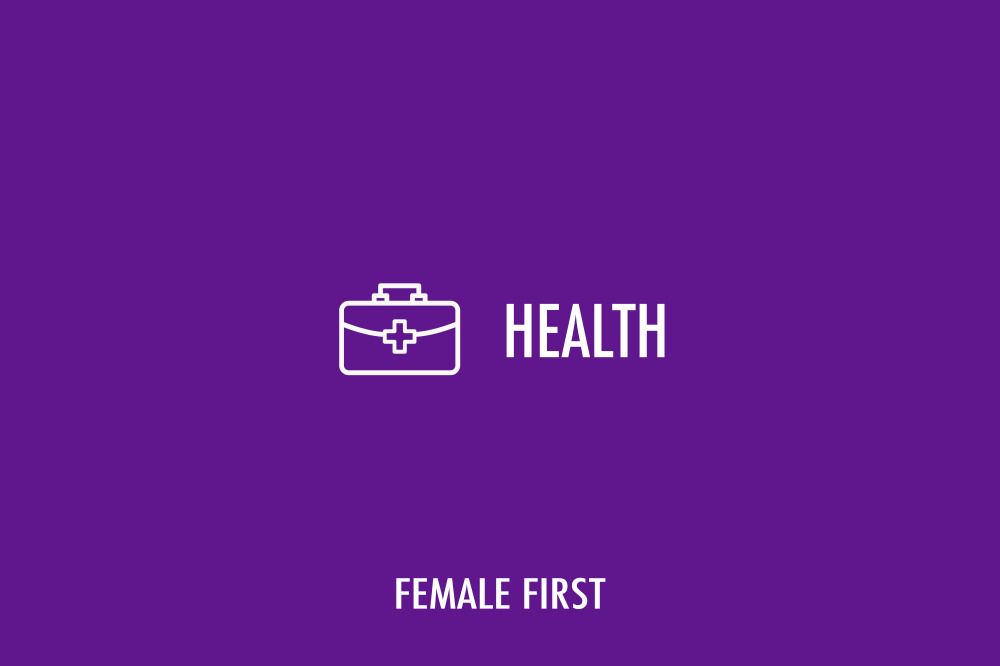A Harley Street consultant is questioning whether it is wrong for NHS Trusts to dismiss plastic surgery as simply the domain of the vain.

Health on Female First
“Aesthetic procedures like breast reductions can improve both the quality and expectancy of the subject’s life,” said Professor Laurence Kirwan MD, FRCS, FACS - who is a recognised international leader in Aesthetic Plastic Surgery.
“For women with very large breasts the wear and tear on the body can be significant. The strain can cause nerve damage, lead to slipped discs and a multitude of spinal problems.”
He went on to say that a post code lottery was in operation in Britain as regards the attitude of NHS Trusts towards breast reductions. The problem was also exacerbated further by health insurance companies refusing to pay for operations if the patient was considered overweight.
“Sadly, many women feel embarrassed going to their GP for help, fearing it will be dismissed as vanity because the media tells them that this is the generally held view,” said Professor Kirwan.
“Patients find themselves in a ridiculous Catch-22 situation. Trying to exercise with large breasts can be so painful that they may well give up on lifestyle regimes.”
Studies have demonstrated that reduced breast size can result in the patient becoming more active and losing weight naturally. A more active lifestyle will develop improved glucose control and therefore reduced the dangers of diabetes.
“Forget the vanity issue many of the women come to me desperate for breast reductions are in a great deal of pain,” said Professor Kirwan.
In 2008 a study conducted in Scandinavia concluded that the health benefits of a breast reduction equated to the same as a hip replacement operation for the patient.
Another study, from the USA in 2007, assessed the improved quality of life experienced by breast-reduction patients.
It found that the weight of large breasts could cause curvatures of the spine and that there was the potential for disc or nerve damage.
The researchers estimated that the cumulative complications caused by very large breasts would shorten a woman’s life by - on average - five years.
“It would be common sense to conclude that a breast reduction, as early as possible in the woman’s life, would have the potential increase her life by five years,” said Professor Kirwan.
Breast reduction is not the only ‘cosmetic procedure’ to improve quality of life. Abdominoplasty or tummy-tuck with repair of split abdominal muscles, a procedure usually not covered by insurance companies has also been shown to correct back pain and poor posture thereby avoiding long term complications of spinal curvature with ageing. A USA study in 1990 showed that 24 out of 25 patients had improvement in chronic back-pain. A 2009 study on 98 patients, again in the USA, showed reduction in Basal Metabolic Index (BMI) and increase in health related quality of life indices after liposuction and tummy-tuck.
Tagged in Muscles Cosmetic Surgery Women's Health

